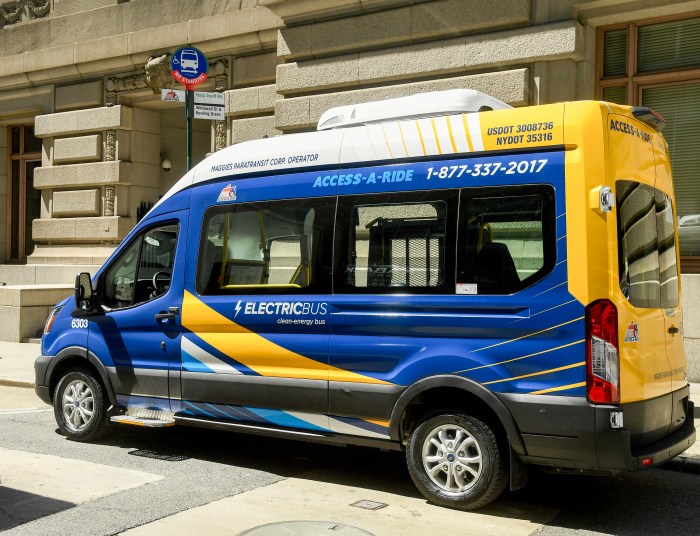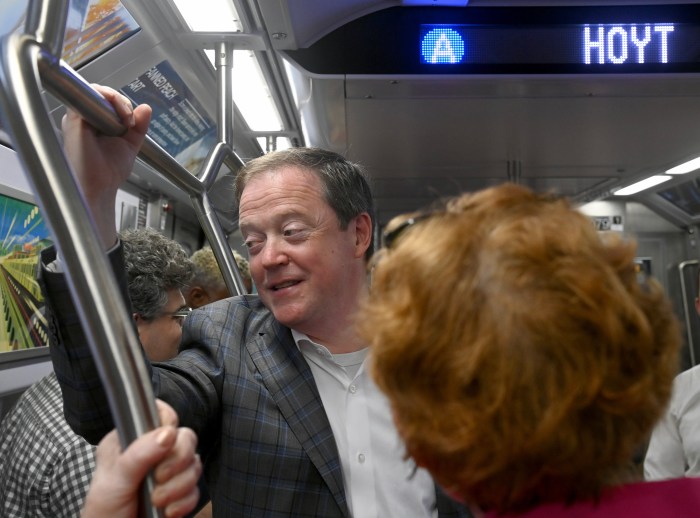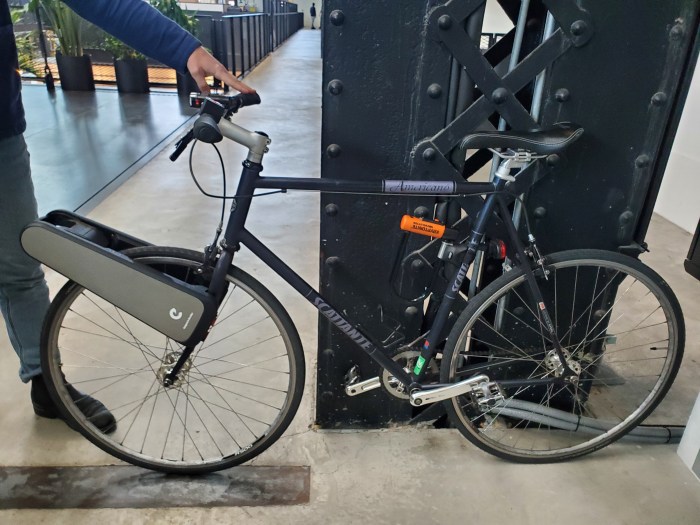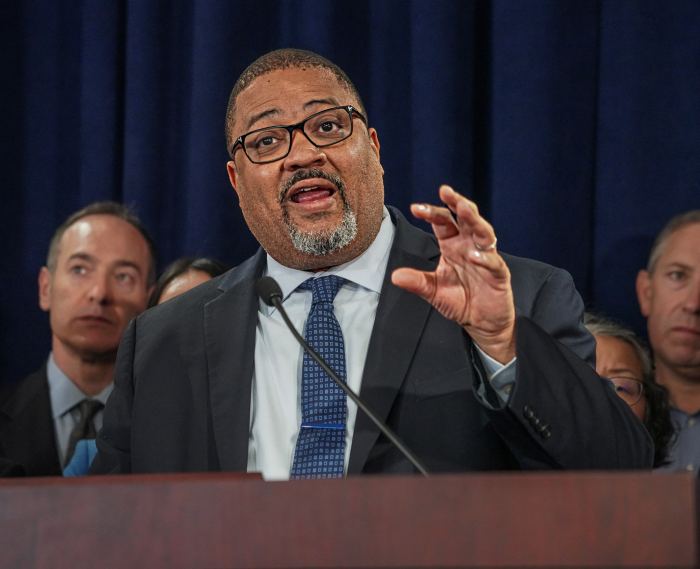Long waits in frigid temperatures while the No. 7 train — packed with people — zooms on by without stopping.
A signal problem that causes widespread delays. Shutdowns for entire weekends (there have been eight in 2015, with four more to go by May).
Those scenarios, and other similar ones, are why City Council Majority Leader Jimmy Van Bramer is demanding the MTA release the line-specific data for each instance of delays, outages, and signal malfunctions.
But the No. 7 train isn’t the only line with troubles, and New Yorkers have had to put up with a whole host of subway headaches in recent months.
“People have stopped taking the 7 train because they can’t be late to work anymore. They’re afraid of losing their jobs,” said Van Bramer, whose district includes Woodside, Sunnyside, Long Island City and Astoria. “And this is on top of the weekend closures. It’s too much. And the MTA simply needs to do better.”
Fresh Meadows resident Steve Benis takes the No. 7 to and from his job as a concierge in a Manhattan residential building. He’s been taking it 10 years.
“It’s horrible,” said Benis, who often takes the train at 4:30 a.m. “And sometimes you wait so long for a train, and then all of a sudden they stop and say ‘We’re being held momentarily by the dispatcher because of train traffic.’ How could there be train traffic? Who are they kidding?”
MTA spokesman Kevin Ortiz said the agency is currently upgrading the No. 7 line’s communication system. He said the new technology will cut down on overcrowding and allow for more trains per hour.
“We are already working hard to make the 7 line more reliable by installing a new signal system, replacing thousands of feet of track panels and making Sandy-related repairs — all vital work to improve service on the line,” Ortiz wrote in an email. “Unfortunately, this work takes time. We understand that these service disruptions are inconvenient to our customers who depend on the 7 line and we appreciate their patience.”
Aura Camargo lives in Flushing and commutes to Times Square every day.
“It’s difficult because sometimes they change the local to express and you don’t know which is local or express,” she said. “The E is better.”
Bill Henderson, executive director at the Permanent Citizens Advisory Committee to the MTA, said there are issues on most lines, but the No. 7 has it especially bad.
“A lot of it is demand. There is more demand than there is capacity,” Henderson said. “There were repair needs before Sandy on the 7. And flooding didn’t make it any better. If you rely on the 7 it’s obviously salt in the wound.”
But Henderson said riders fed up with delays in general can look to almost any line and find problems.
“A lot of it’s similar to what’s happening at other places in the system,” he said, particularly the No. 4 and 5 lines. “There’s record ridership and the capacity, at some times, is not able to handle it.”
The No. 2 train was ranked as the worst line for riders’ ability to get a seat and one of the worst for timeliness, according to a July report by the Straphangers Campaign, a public interest research group.
That report actually ranked the No. 7 train as the best line overall. But the No. 7 has a lot of planned repairs, a metric that isn’t tracked in the report, said Gene Russianoff of the Straphangers Campaign.
“I sympathize with the riders who are frustrated,” Russianoff said. “Out of the 20 subway lines, 11 of them are operating over capacity during rush hour. There’s a difference between a lot of people in your car and cattle.”
The MTA has increasingly shut down trains as part of its Fastrack repair program, targeting different lines on the nights and weekends. But unlike in the past, Henderson said, there’s never a good time to fix issues since people are now riding at all hours of the day and night.
Van Bramer said people understand the need for repairs, but are frustrated.
“If we saw things improving and getting better, if we saw an end to this, if we saw a light at the end of the tunnel, so to speak, people might be able to better cope with it,” he said. “People are fed up. And they are right to be fed up.”

















